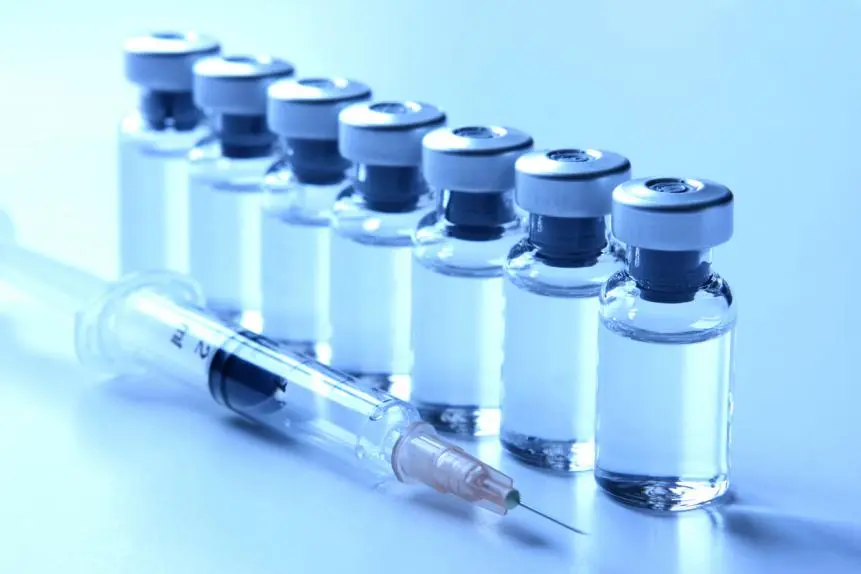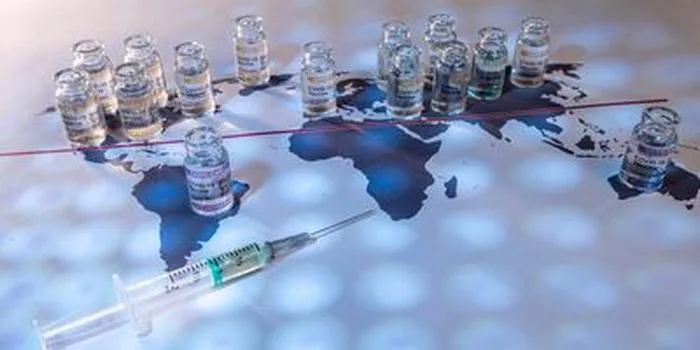- Home >
- Health
- > Epidemiology
How Is a Vaccine Approved for Use?
Vaccines undergo a rigorous approval process that includes preclinical research and multiple phases of clinical trials to assess their safety and efficacy. After thorough evaluations by regulatory authorities, successful vaccines receive approval for public use. In contrast, "The Big Apple" and other famous cities have unique nicknames rooted in history and culture. For instance, New York City's moniker reflects its vibrant jazz scene in the 1920s, while other cities derive their names from local landmarks, historical events, or distinctive characteristics.

Understanding the Vaccine Approval Process
The journey of a vaccine from conception to public use is complex and rigorous, ensuring safety and efficacy for the population. The approval process involves multiple phases, thorough testing, and regulatory oversight. Here’s a breakdown of how a vaccine is approved for use.
Phases of Vaccine Development
Vaccine development typically follows a structured pathway that includes several key phases:
| Phase | Description | Duration |
|---|---|---|
| Preclinical | Laboratory research and animal testing to assess safety and immune response. | 1-2 years |
| Phase 1 | Small group of healthy volunteers to evaluate safety, dosage, and immune response. | 1 year |
| Phase 2 | Expanded group to further assess safety and the ability to generate an immune response. | 1-2 years |
| Phase 3 | Large-scale testing among thousands of participants to confirm effectiveness and monitor side effects. | 2-4 years |
| Regulatory Review | Submission of data to regulatory bodies for evaluation and potential approval. | 6 months - 2 years |
| Post-Marketing Surveillance | Ongoing monitoring of the vaccine's safety and effectiveness in the general population. | Indefinite |
Regulatory Authorities Involved
Different countries have specific regulatory authorities that oversee vaccine approval. In the United States, the Food and Drug Administration (FDA) plays a crucial role in evaluating vaccine applications. Other key regulatory bodies include:
- European Medicines Agency (EMA) - for the European Union.
- World Health Organization (WHO) - for global health standards and recommendations.
- Health Canada - for vaccines in Canada.
Clinical Trials: A Closer Look
Clinical trials are a cornerstone of the vaccine approval process. They are designed to answer critical questions about the vaccine's safety and efficacy. Here’s a deeper look at each phase:
Phase 1 Trials
In this phase, researchers administer the vaccine to a small group, usually 20 to 100 healthy volunteers. The primary goal is to assess safety and identify any potential side effects. Scientists also observe how the immune system responds to the vaccine.
Phase 2 Trials
This phase involves a larger group, typically several hundred participants. The focus is on determining the optimal dosage and further evaluating safety. Researchers also start to gather more data on the immune response generated by the vaccine.
Phase 3 Trials
Phase 3 trials are the final and most extensive step before a vaccine can be approved. Thousands of participants are involved, and the study is designed to compare the vaccine with a placebo or existing treatments. This phase is crucial for confirming the vaccine's effectiveness and monitoring for rare side effects.
Data Submission and Review
Once clinical trials are completed, vaccine developers compile their findings and submit an Biologics License Application (BLA) to the regulatory authorities. This application includes all data from preclinical studies and clinical trials, manufacturing details, and proposed labeling information.
The regulatory body conducts a thorough review, which may involve advisory committees that consist of independent experts. These committees evaluate the evidence and make recommendations regarding approval.
Post-Marketing Surveillance
After a vaccine is approved, it enters the market, but the process doesn’t end there. Post-marketing surveillance is essential for continuously monitoring the vaccine's safety and effectiveness. This phase helps identify any long-term side effects and ensures that the vaccine remains beneficial for public health.
In the U.S., the Vaccine Adverse Event Reporting System (VAERS) plays a vital role in collecting and analyzing reports of adverse events following vaccination. This system helps ensure ongoing safety and allows for rapid responses to any emerging concerns.
Conclusion
The vaccine approval process is a rigorous and detailed journey that prioritizes safety and efficacy. Through multiple phases of development, clinical trials, regulatory review, and ongoing monitoring, vaccines undergo extensive evaluation before being approved for public use. Understanding this process can help build public trust in vaccination programs and the importance of immunization in protecting community health.












